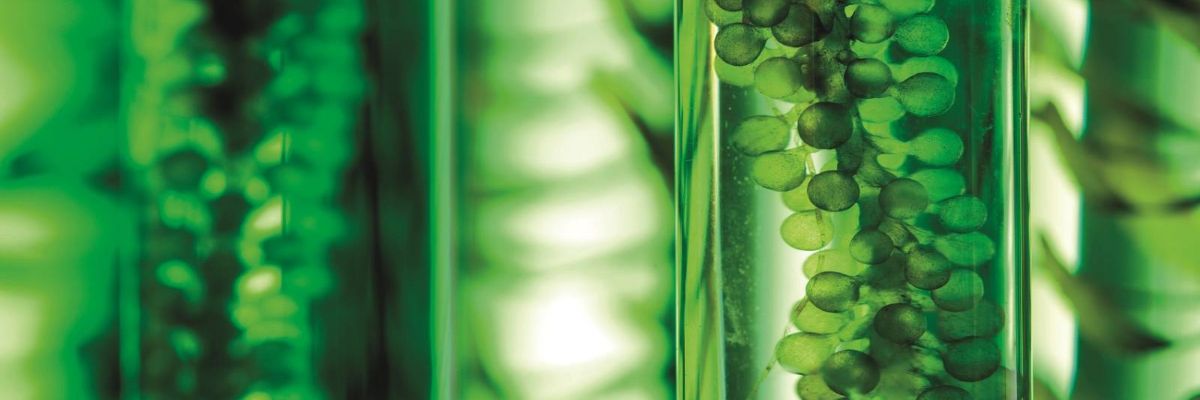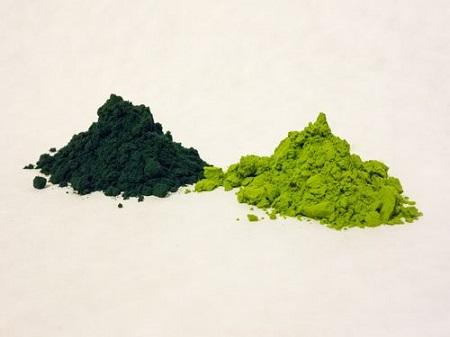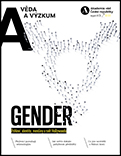
A green diet: thanks to Czech scientists, more microalgae species to appear on the market
08. 03. 2022
Microalgae herald hope for the future – with prospects in industry, medicine, and quality food. Its ranks have now been joined by additional types of Chlorella microalgae, whose consumption has been greenlighted by the Ministry of Agriculture of the Czech Republic after consulting all the countries of the EU. The agencies based their decision on the results of long-term research by the Institute of Microbiology of the CAS.
In the European Union, all new foods and food ingredients are subject to relatively strict regulations and must undergo a long procedure to be approved. This applies to insect proteins, plant extracts, or microscopic algae that appear in food supplements or in the form of oils, for example.
However, if it can be proven that the particular food was consumed by people in Europe before 1997, officials can recognise it without the lengthy approval procedure and all sorts of testing. This was the case of several types of Chlorella which people in Czechoslovakia were already eating forty years ago. Which specific species these were was determined with the help of scientists from the Institute of Microbiology of the Czech Academy of Sciences, who have long been involved in both research and the practical application of Chlorella.
“The Institute of Microbiology has historically cultivated various species of Chlorella that were not on the list of ‘old’ foods until now. But because the institute’s collection contains these types of algae, it was thus possible to prove that they had been used and consumed before 1997”, says Richard Lhotský from the Institute of Microbiology of the CAS.
Algae producers in EU countries can now use species that are on the list of so-called ‘old’ foods (i.e., not classified as novel foods) without the necessity of having them approved as novel foods in a long and costly process.

Chlorella biomass – cultivated outdoors (left), grown and cultivated in a fermentor (right)
Tiny green ball
“I will now describe the algae in such a way that everyone will be able to recognise it”, wrote Dutch botanist and microbiologist Martinus Beijerinck in 1890 when he first identified the microscopic Chlorella algae. Since then, this algae has been used as the model organism for photosynthesis research and, since the 1950s, researchers have been cultivating it for use in the food industry.
Czechoslovakia became the fifth country after the USA, Israel, Germany, and Japan which began to cultivate and consume Chlorella. For instance, the Palcát Hotel in Tábor was renowned for its algae patties. At the time, scientists from the Institute of Microbiology of the Czechoslovak Academy of Sciences in Třeboň were also involved in the development of algae-based medicine and specimens of Chlorella from Třeboň even flew into space alongside astronaut Vladimír Remek.
Most people know Chlorella in the form of dietary supplements and/or pills. Although they usually have no idea which specific type of microalgae the green powder conceals, for producers, this information is crucial. The Chlorella family includes about one-hundred species which are constantly being renamed, making it difficult for companies that cultivate Chlorella to know which species are permitted and which are not. There are still several technologically significant species that had the misfortune of not having their name appear among those consumed before 1997.
Most Chlorella strains are now grown in open cultivation systems in Asia, while in Europe, due to climatic conditions, closed fermentation is becoming more widespread, which allows for new, cultivated non-green species of Chlorella to come to the forefront of research regarding gluten-free products as a source of protein and antioxidants.
We also wrote about the research and potential of algae in our Czech-language magazine A / Věda a výzkum 2/2021.

Text: Eliška Zvolánková, Zuzana Šprinclová, Division of External Relations of the CAS
Photos: Institute of Microbiology of the CAS, Shutterstock  Texts and photographs labelled (CC) are released for use under the Creative Commons license.
Texts and photographs labelled (CC) are released for use under the Creative Commons license.
Read also
- ERC Consolidator Grant heads to the CAS for “wildlife on the move” project
- A little-known chapter of history: Czechoslovaks who fought in the Wehrmacht
- Twenty years of EURAXESS: Supporting researchers in motion
- Researching scent: Cleopatra’s legacy, Egyptian rituals, and ancient heritage
- The secret of termites: Long-lived social insects that live in advanced colonies
- Two ERC Synergy Grants awarded to the Czech Academy of Sciences
- Nine CAS researchers received the 2025 Praemium Academiae and Lumina Quaeruntur
- Step inside the world of research: Week of the Czech Academy of Sciences 2025
- A / Magazine: Bugs, the rusting human body, and beauties from the kingdom of ice
- PHOTO STORY: The invasive black bullhead catfish threatens Czech fishponds
The Czech Academy of Sciences (the CAS)
The mission of the CAS
The primary mission of the CAS is to conduct research in a broad spectrum of natural, technical and social sciences as well as humanities. This research aims to advance progress of scientific knowledge at the international level, considering, however, the specific needs of the Czech society and the national culture.
President of the CAS
Prof. Eva Zažímalová has started her second term of office in May 2021. She is a respected scientist, and a Professor of Plant Anatomy and Physiology.
She is also a part of GCSA of the EU.